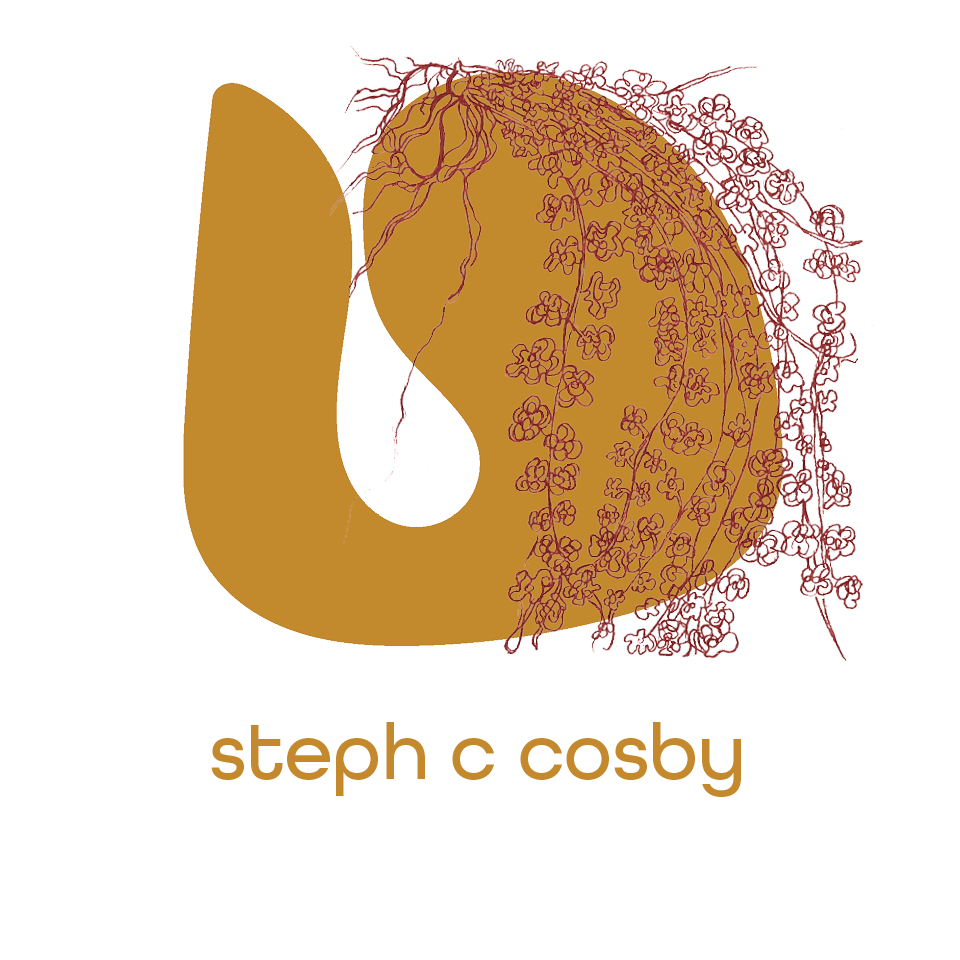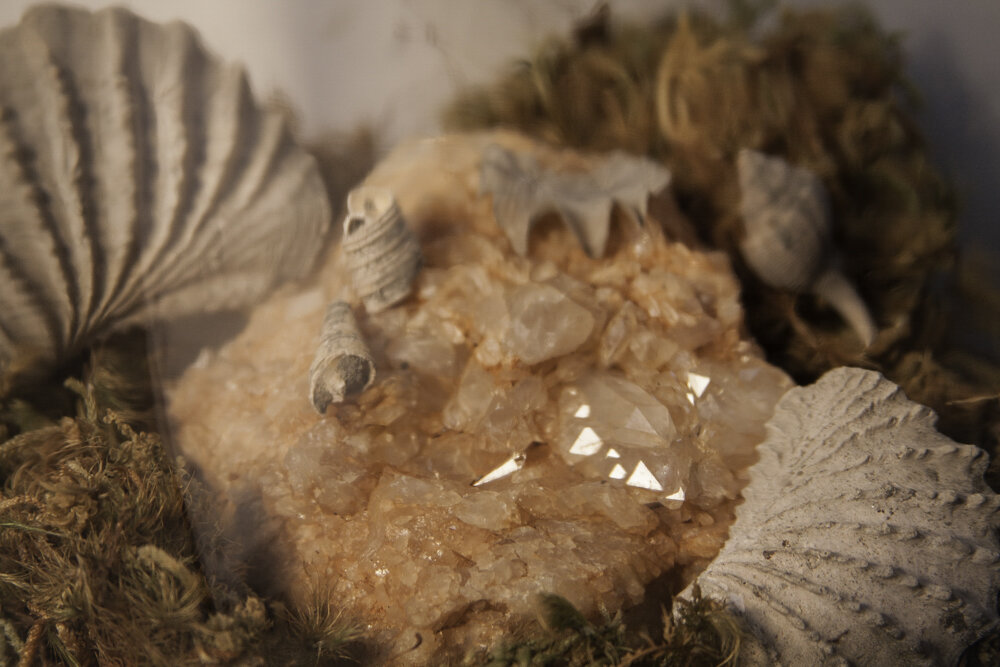IN HERE
WE WILL KEEP EVOLVING
THE SUN
THE NEXT CHAPTER (image)
CHANGED BY HEAT
DREAMING OF A NEW ERA
THE BEGINNING OF A NEW ERA
A PLACE TO LIVE
GROUNDED
PRIMITIVE PLANTS
This series is an ode to the first plants that existed on planet Earth. These first, primitive land plants helped create an oxygen-rich atmosphere suitable for animal life. These images have two parts: forms that are in-focus pointing to fact, and parts that are ethereal and point to the mystery of life underpinning all evidence.
At the end of the Permian Period ( 251million years ago – before the Dinosaurs) there occurred the largest mass extinction Earth has ever known.
Fossil records show that the primitive plants we use in humid terrariums, such as Mosses and Ferns, were around before that mass extinction and continued to thrive after. They survived it. They covered the earth easily with spore reproduction and their ability to trap moisture.
Impressively, primitive land plants evolved into Angiosperms that bear flowers, fruits and seeds. These new plants could sustain animals through their stomachs, a more obvious use. (More obvious than breathing?) I find it fascinating that those original, primitive plant species continue to exist and serve a role in our complex web of life. They persist because they are relevant. Perhaps they will save our species from its own self-destructive folly in the future…?
DEEPER DOWN
The Memphis Zoo Aquarium images taken in Spring of 2012 are all about the tension between artificial and natural. For me, they evoke a sense of otherworldly peace with simultaneous disgust in the use of dwindling natural resources to isolate and capture nature for our own amusement.
Aquariums are pure fantasy! They draw us in and invite us to ponder the wonder of life and its unknown mysteries. Yet, if we worked at an aquarium we’d see it differently. We’d see that all the things that right themselves naturally in nature, mankind has to work very hard to emulate in an aquarium environment..
All of these contradictions made this series interesting for me. In the far future, will aquariums no longer be prioritized as a necessary reason to burn coal or will they be highly treasured as one of the last places many species of aquatic life can persist?
I find that shooting through the glass and having the image obscured by this manmade material is part of the beauty and the necessary tension in these images.
My seven year old marine biology loving daughter came up with the title "Deeper Down" for this project.






























